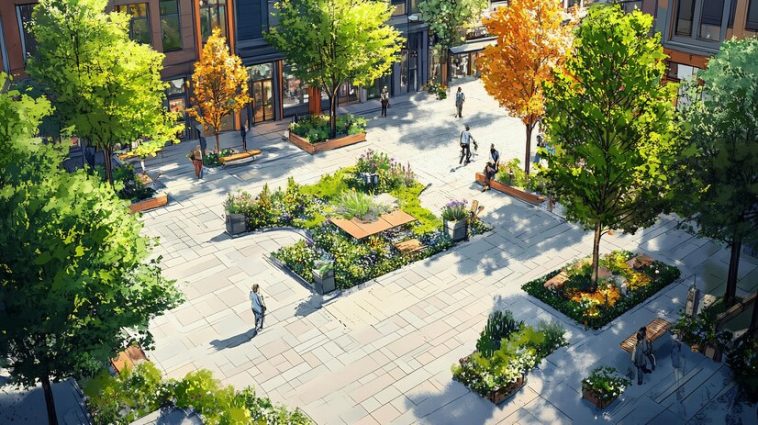In the rapidly expanding urban landscapes of today, cities face the challenge of balancing infrastructure growth with the quality of life for their residents. Architects and urban planners are championing a shift in development perspectives, placing pedestrian-friendly infrastructure at the heart of urban design. This transformation is not just a necessity but a commitment to creating cities that are inclusive, sustainable, and accessible to all.
Redefining Urban Priorities
For decades, urban development has revolved around accommodating motorized vehicles. The rise of automobiles became synonymous with affluence and progress, leaving pedestrian infrastructure an afterthought. However, this car-centric model has led to traffic congestion, air pollution, and reduced public spaces.
Cities like Mumbai have begun reassessing this approach. Advocates of pedestrian-first development argue that walkable cities encourage healthier lifestyles, reduce pollution, and foster stronger community interactions. A prime example is the push for revitalized footpaths and pedestrian-friendly zones, ensuring safer and more accessible pathways for all age groups.
Key Strategies for Pedestrian-Centric Urban Planning
- Revitalizing Footpaths: Redesigning sidewalks to be wider, safer, and well-maintained is essential for pedestrian comfort. Incorporating greenery, benches, and lighting further enhances the appeal of walking.
- Integrating Mixed-Use Development: Combining residential, commercial, and recreational spaces within walkable distances reduces the dependency on vehicles. Such integration makes neighborhoods self-sufficient and more vibrant.
- Improving Public Transport Connectivity: Efficient public transportation systems complement walkable cities. Bus stops, metro stations, and transit hubs must be easily accessible by foot.
- Encouraging Non-Motorized Transport: Dedicated lanes for bicycles and e-scooters support alternative modes of travel, reducing vehicular traffic and promoting sustainability.
- Car-Free Zones: Establishing car-free areas in city centers or residential neighborhoods can create peaceful environments where pedestrians take precedence.
Challenges and Solutions
Transitioning to a pedestrian-friendly cityscape is not without hurdles. Resistance from car owners, inadequate funding, and poorly executed policies can undermine progress. However, cities worldwide demonstrate that proactive planning, public awareness campaigns, and inclusive policymaking can overcome these barriers.
For instance, cities like Copenhagen and Amsterdam have successfully prioritized pedestrians and cyclists over vehicles, serving as global benchmarks for pedestrian-centric urban design. By adopting similar approaches, Indian cities can address their unique challenges while maintaining a focus on inclusivity and sustainability.


